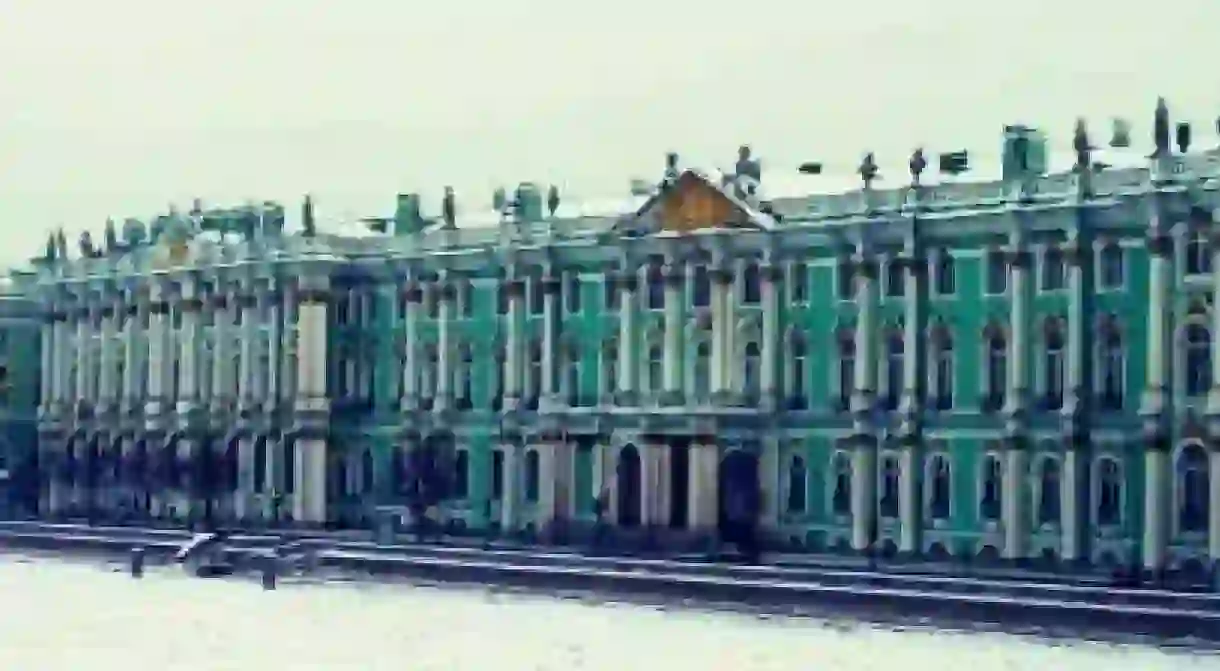The Top 10 Things to Do and See in St Petersburg's Vasilievsky Island

On the opposite banks of the Neva River, Vasilievsky Island offers unparalleled views of the tsarist Winter Palace and the glistening dome of St Isaac’s cathedral. Its location, away from tourist traps and the hustle and bustle of Petersburg‘s main streets, lends it peaceful views and tranquil hideaways. Explore the fantastic cultural experiences, breathtaking architecture, and hidden gems of this Russian island.

Walk along the strelka
The Rostral Columns
The Kunstkamera
The Best of St Petersburg’s Food Scene
The fantastic restaurant scene of Vasilievsky Island is certainly capable of rivaling any in the world. Avoid the gimmicky tourist traps and hiked-up prices of the city’s center and discover the hidden unspoiled Russian gems of Vasilievsky Island. The island is known as the place to eat with the locals. Most notable is Café Old Tbilisi: you are unlikely to hear one foreign voice in this local hot-spot, with its unassuming entrance that hides the haven of superb Georgian cookery, considered to be the most authentic in Petersburg. Also worthy of a mention are Staraya Tamozhnaya (The Old Customs House) where diners can enjoy French haute-cuisine of the highest quality and restaurant Dans Le Noir, a unique dining-in-the -dark experience which aims to heighten the other senses and the diner’s perception of their food.
The Raising of the Bridges
Two of St Petersburg’s most famous bridges connect Vasilievsky to the mainland. The humongous Palace Bridge, almost 30 m wide, and Blagoveshchensky Bridge, the first permanent bridge across the Neva, are landmarks in their own right. The Petersburg bridges are drawn up by night and the sight of this ritual raising of the bridges is unmissable for those wishing to gain a true taste of Petersburg life. This activity is most popular during the city’s famous White Nights phenomenon, when Petersburg is bathed in 24-hour sunlight. Special night cruises are organised for the purpose of viewing the bridge raisings. Remember to make sure you’re on the right side of the river and not stranded for the night! A time table of the bridge raisings can be found here.

Menshikov Palace
The Zoological Museum
Museum, University
Ancient Egyptian sphinxes
Building, University
Erarta museum of contemporary art
Restaurant, Russian
St Petersburg State University
University













